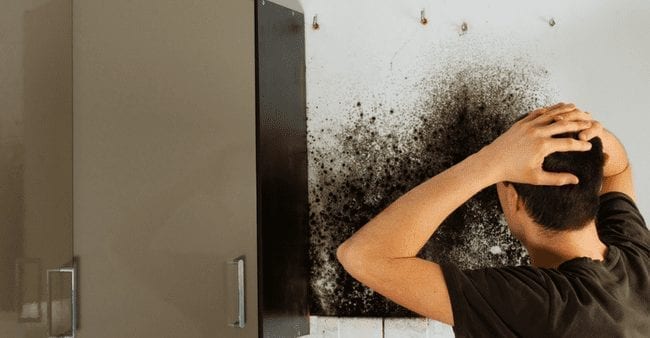Have you been trying to locate related information on Locating water leaks?

Early detection of leaking water lines can alleviate a potential calamity. Some small water leakages might not be noticeable.
1. Check Out the Water Meter
Every home has a water meter. Examining it is a proven way that aids you uncover leaks. For starters, switch off all the water sources. Guarantee nobody will purge, use the faucet, shower, run the washing maker or dishwashing machine. From there, most likely to the meter and watch if it will change. Because no one is using it, there ought to be no motions. If it moves, that suggests a fast-moving leak. If you find no modifications, wait an hour or two and also inspect back again. This means you might have a slow-moving leakage that could also be underground.
2. Check Water Usage
Analyze your water expenses and also track your water consumption. As the one paying it, you must see if there are any inconsistencies. If you find sudden changes, regardless of your intake being the same, it implies that you have leakages in your plumbing system. Bear in mind, your water costs should fall under the same range each month. An abrupt spike in your costs shows a fast-moving leak.
At the same time, a consistent increase monthly, even with the same routines, reveals you have a slow-moving leak that's also gradually rising. Call a plumber to extensively inspect your building, particularly if you feel a warm location on your flooring with piping underneath.
3. Do a Food Coloring Examination
When it comes to water intake, 30% comes from toilets. If the color in some way infiltrates your bowl during that time without flushing, there's a leakage in between the tank as well as dish.
4. Asses Outside Lines
Do not fail to remember to inspect your outside water lines too. Needs to water permeate out of the connection, you have a loosened rubber gasket. One small leakage can squander lots of water as well as surge your water bill.
5. Assess the scenario and inspect
Property owners need to make it a practice to inspect under the sink counters and also even inside cabinets for any type of bad odor or mold and mildew development. These 2 warnings show a leak so prompt interest is called for. Doing regular evaluations, also bi-annually, can save you from a major issue.
Extra importantly, if you know your home is already old, keep a watchful eye on your heating units, hoses, pipelines and so on. Look for stainings and also damaging as the majority of pipelines as well as appliances have a life span. They will also normally degrade due to tear as well as use. Don't wait for it to rise if you think dripping water lines in your plumbing system. Call an expert plumber immediately so you do not end up with a horrible mess in your house.
Early detection of leaking water lines can alleviate a prospective calamity. Some little water leakages may not be visible. Checking it is a surefire way that helps you uncover leakages. One little leakage can lose bunches of water and also increase your water bill.
If you suspect dripping water lines in your plumbing system, don't wait for it to intensify.
WARNING SIGNS OF WATER LEAKAGE BEHIND THE WALL
PERSISTENT MUSTY ODORS
As water slowly drips from a leaky pipe inside the wall, flooring and sheetrock stay damp and develop an odor similar to wet cardboard. It generates a musty smell that can help you find hidden leaks.
MOLD IN UNUSUAL AREAS
Mold usually grows in wet areas like kitchens, baths and laundry rooms. If you spot the stuff on walls or baseboards in other rooms of the house, it’s a good indicator of undetected water leaks.
STAINS THAT GROW
When mold thrives around a leaky pipe, it sometimes takes hold on the inside surface of the affected wall. A growing stain on otherwise clean sheetrock is often your sign of a hidden plumbing problem.
PEELING OR BUBBLING WALLPAPER / PAINT
This clue is easy to miss in rooms that don’t get much use. When you see wallpaper separating along seams or paint bubbling or flaking off the wall, blame sheetrock that stays wet because of an undetected leak.
BUCKLED CEILINGS AND STAINED FLOORS
If ceilings or floors in bathrooms, kitchens or laundry areas develop structural problems, don’t rule out constant damp inside the walls. Wet sheetrock can affect adjacent framing, flooring and ceilings.
https://www.servicemasterbyzaba.com/blog/how-to-detect-water-leakage-in-walls/

I stumbled upon that piece on Hacks to detect leaks when browsing the internet. You should take a moment to share this entry if you enjoyed it. I take joy in reading our article about Top leak detection hacks.